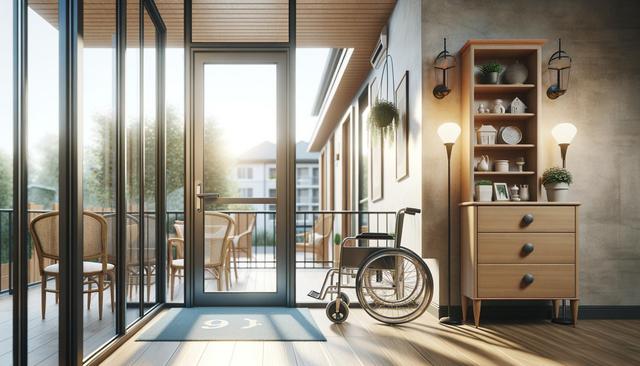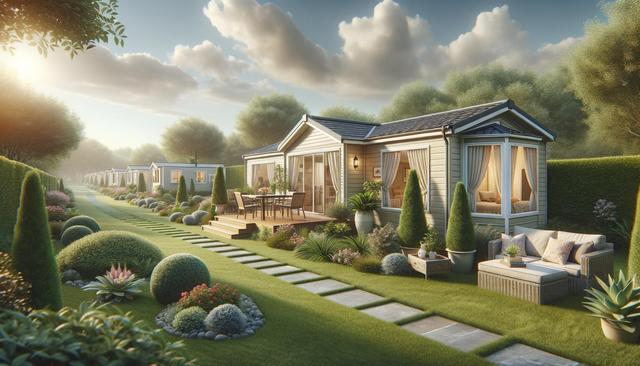Independent Living Communities
Independent living communities are designed for older adults who are active, self-sufficient, and looking to downsize or live among peers in a supportive environment. These facilities typically offer private apartments or cottages with access to communal amenities such as dining areas, fitness centers, and organized social activities. While personal care or medical services are not usually included, residents benefit from a lifestyle that minimizes maintenance responsibilities and maximizes social engagement.
Some key advantages of independent living include:
- No need for property maintenance or yard work
- Opportunities to participate in social events and hobby groups
- Availability of optional services such as housekeeping or meal plans
This option is especially suitable for seniors who want to maintain their autonomy but appreciate the convenience of having amenities and a community close at hand.
Assisted Living Facilities
For seniors who require help with daily activities but do not need intensive medical care, assisted living facilities offer a balanced solution. These facilities provide support with tasks like bathing, dressing, and medication management, while still promoting independence. Residents typically have private or semi-private rooms and access to shared dining and recreational areas.
Assisted living may be appropriate for individuals who experience:
- Mobility challenges
- Mild memory loss
- Chronic conditions that require monitoring
Staff members are available 24/7 to assist with emergencies and routine care needs, and most facilities offer tailored care plans that adapt as health conditions change. This model provides peace of mind for both residents and their families.
Skilled Nursing and Long-Term Care
Skilled nursing facilities, often referred to as nursing homes, are designed for seniors who need continuous medical supervision or rehabilitation services. These facilities are staffed with licensed nurses and healthcare professionals who can attend to complex medical needs and administer treatments as prescribed by physicians.
Features of skilled nursing care include:
- Post-surgery or hospital recovery care
- Physical, occupational, or speech therapy
- Management of chronic or serious medical conditions
Long-term care in these settings may be necessary for seniors with advanced illnesses, severe mobility issues, or cognitive impairments. While more structured than other housing types, they provide essential medical support in a safe environment.
Continuing Care Retirement Communities (CCRCs)
Continuing care retirement communities offer a comprehensive solution for seniors who want to plan for their long-term housing and healthcare needs in one location. CCRCs combine independent living, assisted living, and skilled nursing care within a single campus. This continuum of care ensures that as residents’ needs evolve, they can transition smoothly without relocating to a different facility.
Benefits of CCRCs include:
- Predictable monthly costs with long-term contracts
- Access to multiple levels of care
- Community stability and long-term planning
Residents often start in independent housing and move to higher levels of care as needed. This model is ideal for those who want to age in place with minimal disruption and continued access to familiar surroundings and community members.
Home Modification and In-Home Care
For seniors who wish to remain in their own homes, a combination of home modifications and professional in-home care can make independent living safer and more manageable. Modifications may include installing grab bars, improving lighting, widening doorways, or adding stair lifts. In-home care services range from personal care assistance to skilled nursing and physical therapy, provided by licensed professionals or caregivers.
Common services offered through in-home care include:
- Help with bathing, dressing, and grooming
- Meal preparation and grocery shopping
- Medical monitoring and medication management
This option allows seniors to stay in familiar surroundings while receiving personalized support. It works well for those with strong support networks or those who prefer not to move into a communal living environment.
Conclusion
Choosing the right housing option for seniors involves careful consideration of current and future needs, lifestyle preferences, and financial factors. From independent living to skilled nursing care, each option offers unique benefits tailored to different levels of independence and support. Families and individuals should assess these choices thoughtfully to ensure a comfortable, safe, and fulfilling living arrangement for the years ahead.


